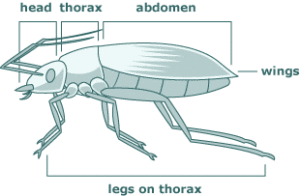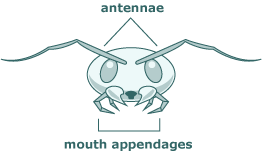A rare element that is found in relatively high concentrations in asteroids.
I
intron
An intervening section of a gene that does not code for the main product of the gene. Introns are removed during RNA processing.
intermediate form
A partially assembled adaptation. Complex adaptations evolve in a series of smaller steps and these steps along the history of an adaptation’s evolution are called intermediate forms.
intelligent design movement
The intelligent design (ID) movement promotes the idea that many aspects of life are too complex to have evolved without the intervention of a supernatural being — the intelligent designer. Because it relies on supernatural explanations, ID is not science. To learn more, read our brief on the intelligent design movement.
insect
Insects are a group of arthropods distinguished by the following characters:
- a body divided into head, thorax, and abdomen
- one pair of antennae, three pairs of mouth appendages, three pairs of legs on thorax, and often one or two pairs of wings


Examples of insects include flies, moths and beetles.

Photos by T. W. Davies © California Academy of Sciences
incipient species
A group of organisms that is about to become a separate species from other, related individuals.
inbreeding
Mating between relatives. Technically, this is defined as a pattern of mating in which mates are more closely related than two individuals selected at random from the population.
inbreeding depression
Decrease in health and fitness often observed in offspring resulting from inbreeding.
